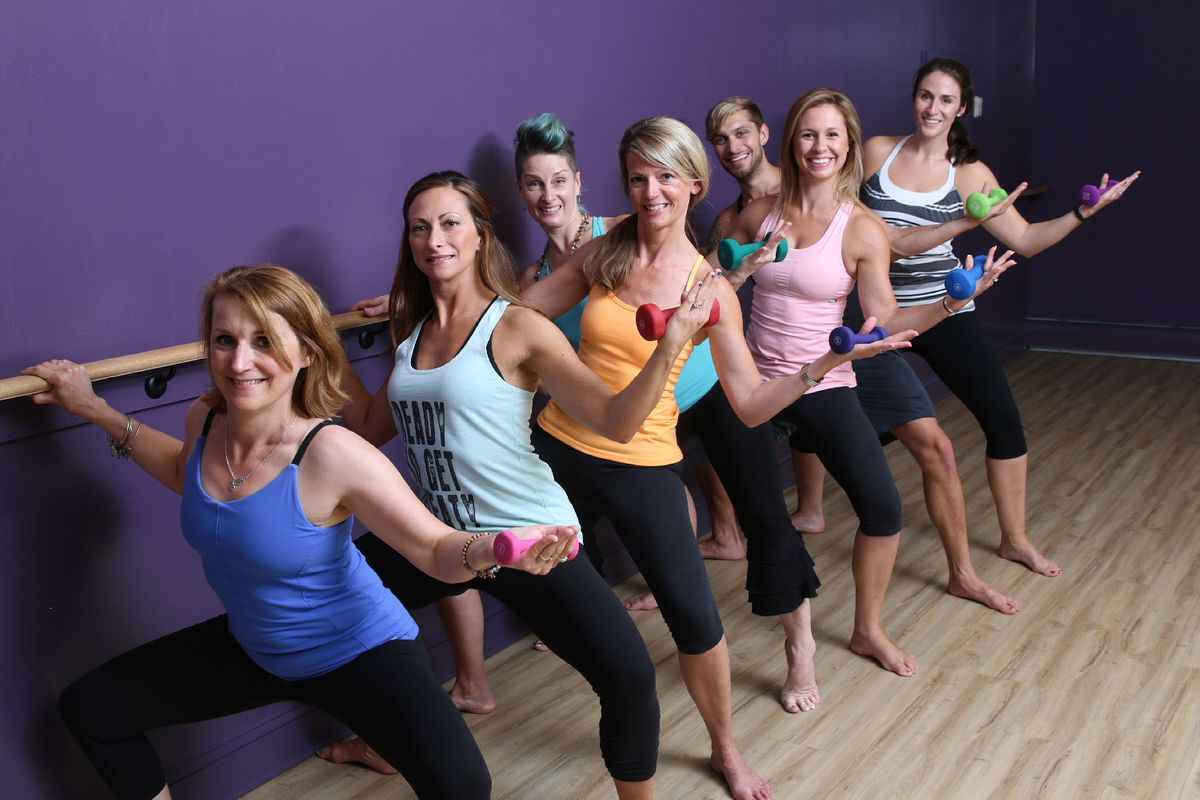Recovery After Yoga: What Your Body Needs + Why
Do you feel a little wrung out after yoga class? Are your muscles sore and achy? Maybe you’ve just gotten into yoga, maybe you’re a little out of practice, or maybe you’re simply amping up your routine with some new postures. Or maybe you’re learning a new style of practice that’s especially challenging.
A good yoga session can leave you feeling calm and energized at the same time. And getting a deep stretch in your muscles can feel amazing. It may seem like you use your muscles all the time but holding certain yoga postures will stretch them in ways they aren’t used to.
And if you’re challenging those muscles in new ways, they can become fatigued and sore after yoga, just like they would if you overdid a run or a strength training session. Muscle soreness that occurs 12 to 48 hours after a workout is very common. It’s called DOMS, or delayed onset muscle soreness.
Depending on the style and intensity of yoga you practice, the level of discomfort you feel after class can vary from quite mild to more severe. Your fitness level can also be a contributing factor, but the truth is, even the most experienced yoga can still deal with muscle fatigue and soreness after yoga sometimes.
Here’s a deeper look at the cause of muscle fatigue and soreness after yoga and what you can do to speed up your recovery.
Recovery After Yoga: Here’s What Your Body Needs
You probably walked into yoga class expecting to feel amazing afterward. Experiencing muscle soreness and fatigue is probably an unwelcome surprise. Try to remind yourself that this soreness becomes less and less as you practice regularly, and the benefits will far outweigh any discomfort.
Although DOMS will eventually go away on its own, there are things you can do to speed your recovery, reduce the soreness, and get your energy back where it needs to be.
- Optimize Your Diet for Faster Recovery
Repairing those muscles is your top priority, so the first thing you need to do is increase your protein intake. Protein is the building block of muscle, so increasing your intake will speed muscle repair.
Carbohydrates are also key for overcoming fatigue, refueling your muscles, and giving your brain a boost. Choose slow-burning carbs like legumes and whole grains, as well as fruit or leafy greens for simple carbs and a boost of hydration.
Healthy fats are also fantastic for getting your energy back up after a challenging yoga session. Choosing foods like flax seeds and plant oils that contain omega-3s can also help to reduce inflammation.
- Take an Organic Multivitamin Supplement
The specific vitamins and minerals featured in organic multivitamins are vital for muscle and repair. For example, B12 is necessary for cell division and overcoming fatigue, B2 and E protect the cells against oxidative stress, and calcium and magnesium promote normal muscle function. The best way to ensure that your body has access to the nutrients it needs for recovery after yoga is to supplement a healthy diet with a vitamin every day.
- Rest
Rest is essential for helping your body heal. Getting some extra sleep will help damaged tissue heal more quickly. Shoot for at least seven to eight hours of sleep at night, and don’t be shy about taking a nap after class if you’re really feeling sore.
- Hydrate
Drinking water before and after class is important for reducing and preventing muscle fatigue and soreness. It will also help you overcome any mental or physical fatigue you may be experiencing.
- Don’t Overdo It
While we applaud your commitment to practicing yoga every day, if you’re regularly experiencing discomfort after practice, you may want to take things a bit slower. Give yourself a full day for recovery in between sessions and gradually increase the number of sessions as your fitness improves.
Why You Experience Muscle Fatigue and Soreness After Yoga
Yoga is known to be a gentle, low-impact way to exercise, but it is still a workout and can overwork your muscles if you’re new or stepping it up a notch in intensity. The soreness is caused by microscopic tears in the muscle tissue caused by the eccentric muscle contractions that are common with many yoga postures.
These tiny tears trigger an inflammatory response in your immune system. And while that inflammation is necessary for healing the muscles, it’s also the cause of the soreness you experience after yoga or any other type of exercise.
A reasonable amount of discomfort after yoga is actually a good thing. It means that you gave your muscles a good workout, and once they heal, they will be stronger than ever. As you continue to practice yoga regularly, your muscles will become stronger and you’ll have improved performance during yoga practice and in other daily activities.
What’s Normal and What Isn’t?
A reasonable amount of soreness after exercise is normal, but you shouldn’t be experiencing extreme discomfort or pain after yoga class. If you are experiencing extreme discomfort frequently, you may be doing the poses incorrectly or hyperextending your muscles. Book a one-on-one session with an experienced yoga instructor to see what corrections you need to make to avoid these issues.
If you ever experience intense or sudden pain when you’re performing a yoga posture, back off immediately and don’t resume until the pain subsides. If the pain doesn’t go away after a few minutes of rest, there’s a good chance you’ve either torn or pulled a muscle. In this case, a visit to your healthcare provider is probably a good idea.
And finally, if you experience extreme pain after yoga that is interfering with normal daily tasks, or you notice muscle spasms or swelling, it’s probably a good idea to call your doctor for advice.
Wrapping Things Up: How to Prevent Post-Yoga Muscle Soreness
Meditation, low impact stretching, and periods of stillness are a huge part of yoga, so it seems like a gentle way to exercise. And while that is absolutely true for most forms of yoga, you can still experience post-yoga muscle soreness.
This happens because you are stretching and engaging your muscles in different ways from what they’re used to in day-to-day activities. Even the most experienced yoga might occasionally notice some discomfort during class that turns into lingering soreness afterward.
If you find yourself struggling to hold a pose during yoga class, talk to your instructor about using props or modifying the pose so you can maintain the position comfortably. When you’re performing a pose, it’s okay to push yourself a little bit, but don’t go so far that the pose feels uncomfortable or painful.
With regular practice, the poses will get easier. And it’s important to point out that yoga is actually a highly recommended complementary therapy for chronic pain. With practice and proper form, you’ll find that soreness after yoga will subside, and you’ll experience tremendous benefits in and out of class.

